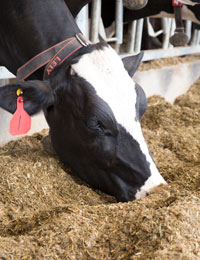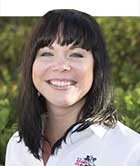 Even after significant improvements in sustainability and contributions to society over the last several decades, animal agriculture remains under scrutiny by some groups. When engaging others in a conversation about our farms, the September 2013 CAST issue paper points out some of the benefits of our efforts.
Even after significant improvements in sustainability and contributions to society over the last several decades, animal agriculture remains under scrutiny by some groups. When engaging others in a conversation about our farms, the September 2013 CAST issue paper points out some of the benefits of our efforts.Animals are efficient human food sources.
There is a difference between what humans can and cannot eat. Take corn for example, field corn is digestible for cattle and sweet corn is better suited for humans.
Livestock diets include crops and food by-products or unconsumed residue from human food channels. These discarded foods are not suitable as human food because of safety, quality or digestibility issues. Simply put, people only want to eat what looks appetizing. Plus food residue will only grow as the human population expands.
So, what do we do with all of that waste? Recycle it by feeding it to animals, allowing us to harvest meat, milk or wool.
Grazing land is not suitable for growing vegetables.
There are two types of land available to agriculture: tillable cropland and grazing land. Cropland grows fruits, vegetables, corn, soybeans and so much more. Grazing land is typically too rugged, rocky, lacking in nutrients or too dry to grow these same crops. However, grazing land is excellent for growing grasses that animals can graze, digest and turn into high-energy human foods and fiber. Attempting to convert grazing land to cropland is not sustainable and poses great ecological risks.
Today's advanced farming practices are healthy and sustainable.
We have made great inroads in stepping up productivity. Here are some facts to consider from CAST:
- Beef animals require fewer days to reach market. That also means we require less beef animals. As a result total feed use has been reduced by 19 percent; land use by 33 percent; water use by 12 percent; fossil fuel use by 9 percent.
- Organic dairy production actually raises carbon emissions 13 percent per unit of milk produced in U.S. systems.

The author, Ali Enerson, was the special publications editor, responsible for books, plans, distribution of the e-newsletter and various internal communication pieces. She grew up on a 60-cow dairy in northwest Wisconsin, and is a graduate of University of Wisconsin–Madison with a degree in life sciences communications.









